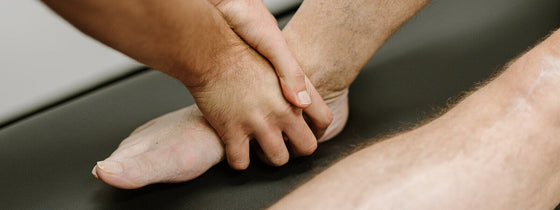Cortisone injections can be useful for managing the symptoms of gluteus medius tendinopathy and bursitis (also known medically as greater trochanteric pain syndrome) by reducing inflammation in the bursa itself and helping reduce your pain levels. However, did you know that relying solely on cortisone injections may not be the best long-term management strategy?
Here are the reasons why and further suggestions of how to maximise your rehab through engaging in Physiotherapy:
In summary, while cortisone injections can be a useful adjunct to physiotherapy in the management of gluteus medius tendinopathy and bursitis, they are typically not recommended as a standalone treatment due to their limited ability to address underlying causes, potential risks, and incomplete rehabilitation. A comprehensive physiotherapy approach that includes targeted exercises, manual therapy, and functional rehabilitation is often preferred for optimizing long-term outcomes and preventing recurrence.
Get in touch to start your individualised assessment and physio-led rehabilitation program today by calling 9431 5955 or you can book with an OHL Physiotherapist via our Client Portal on our website.

If you're experiencing back or neck pain with neurological signs and symptoms, a thorough neurological examination is crucial for accurate assessment and effective treatment. In this Optimal Tip learn more about what we mean by completing a neurological exam!

Squats, deadlifts, and calf raises are key movement patterns that should be part of every strength and conditioning program—regardless of age and activity level. These functional movements support joint health, improve posture and balance, and reduce the risk of injury while building strength where it matters most.

A ganglion cyst is a fluid-filled swelling that typically forms over a joint or tendon sheath, causing discomfort and pain, especially when pressing against nerves or joints. Proper assessment and treatment, including physiotherapy, are essential for managing symptoms and improving function in the presence of a ganglion in your hand, foot, or wrist.